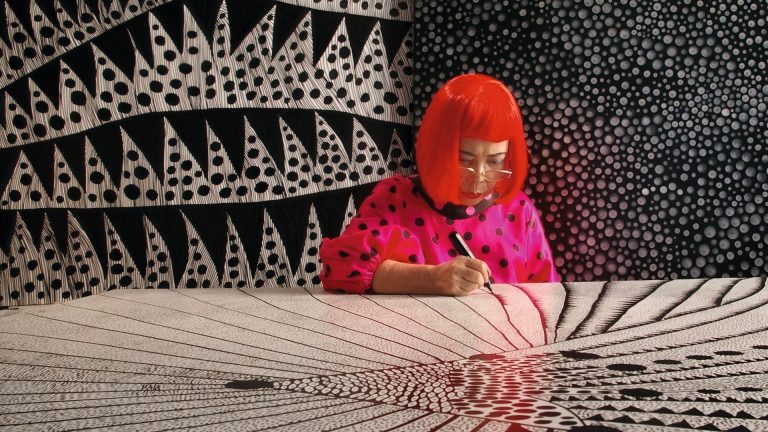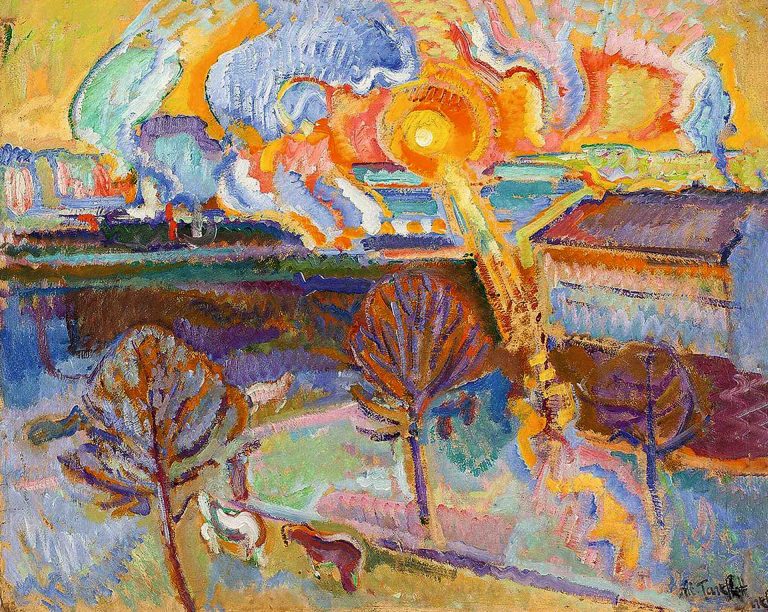Global challenges and the search for solutions in a rapidly changing world take center stage at the 19th Venice Architecture Biennale.
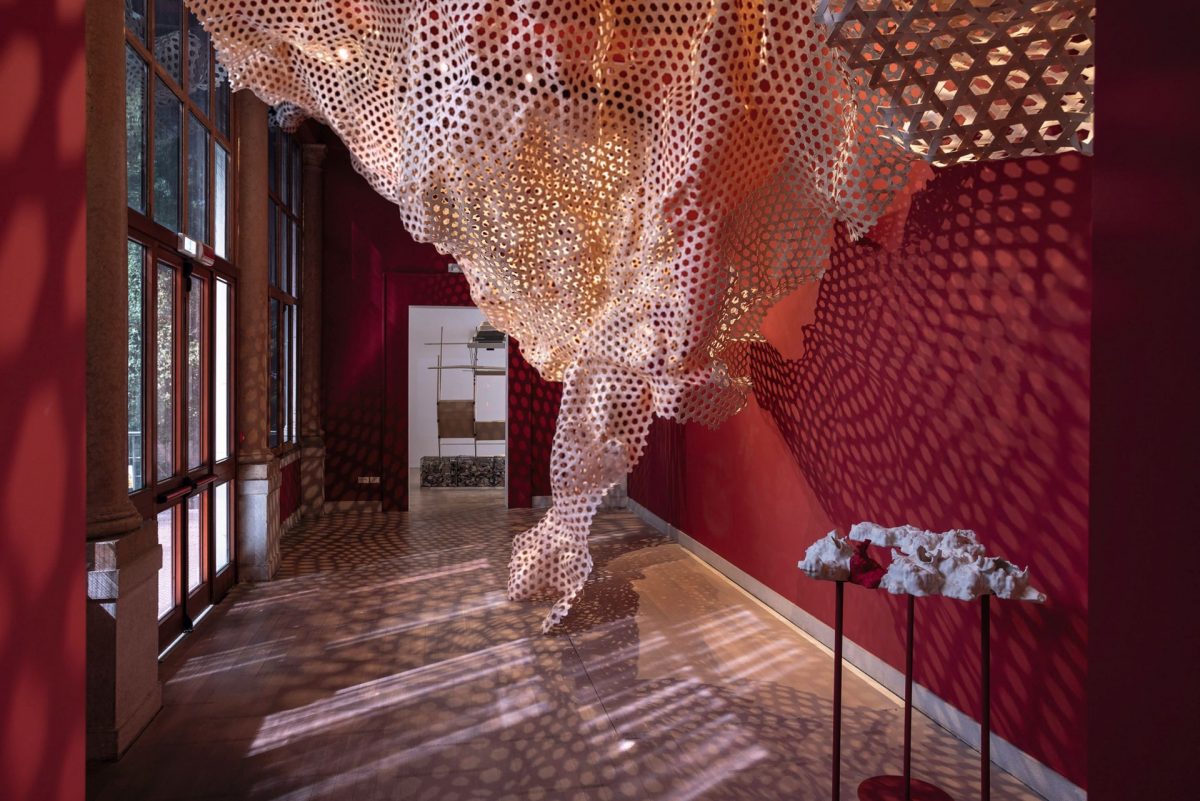
This year’s theme is “Intelligens: Natural. Artificial. Collective.” Curated by architect Carlo Ratti, the exhibition explores the many intersections of architecture with AI, engineering, biotechnology, and other key fields shaping today’s world. The main exhibition, as always housed in the Arsenale, fully embraces the Biennale’s theme and is devoted to a comprehensive exploration of intelligence. If there’s any hope for saving the planet, it lies in going beyond the limits of the human mind — by combining natural and artificial intelligence into a powerful collective force. That’s the core idea Ratti invites us to consider. Moreover, only through close collaboration across disciplines — between architects, artists, scientists, and engineers — can we discover real solutions that will help improve life on Earth.
Ratti’s long-standing interest in biology and climate change clearly informs the conceptual framework of the show. For example, one of the projects was developed in collaboration with climatologists Sonia Seneviratne and David Bresch. Together, they recreated the greenhouse effect caused by air conditioners inside a dedicated room — visually demonstrating the harm these devices inflict on the atmosphere.
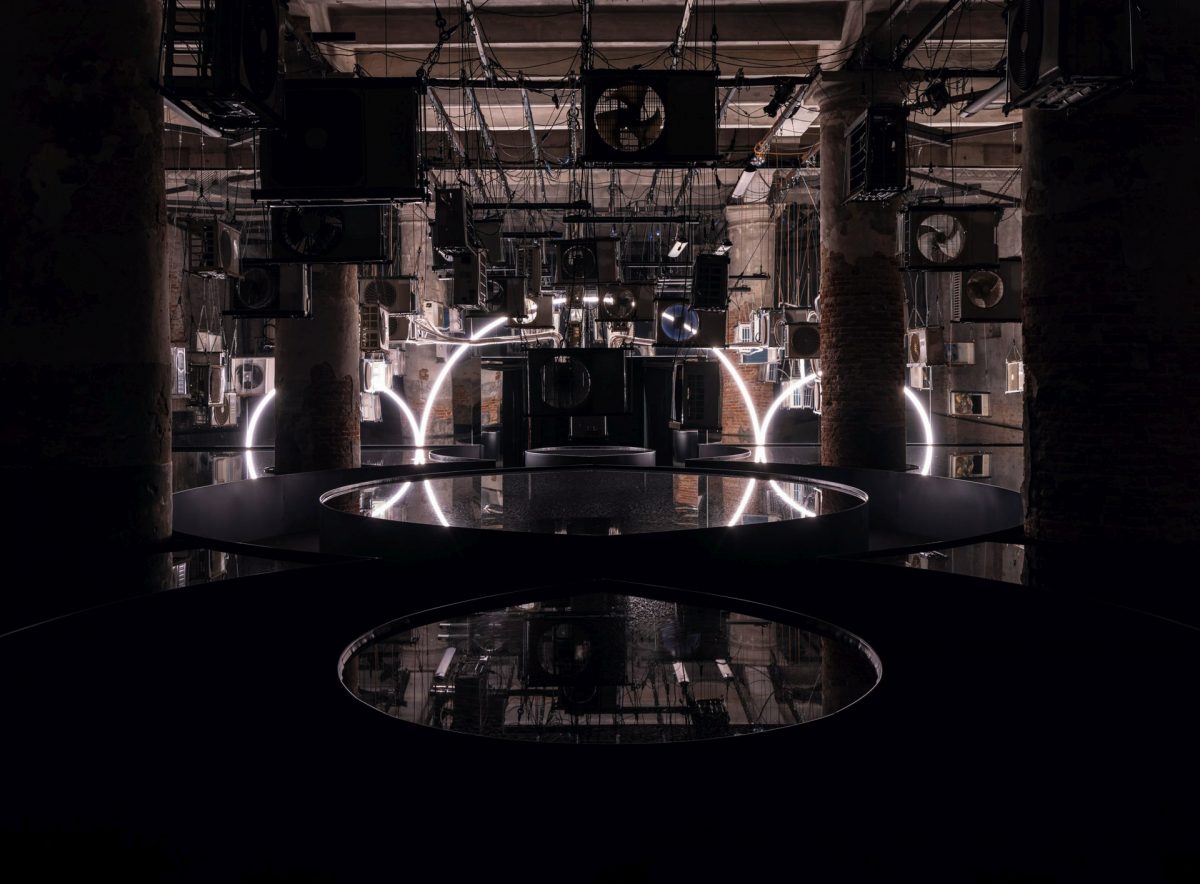
The Elephant Chapel project offers a clever take on how biomaterials can be used in construction. The Bangkok-based architecture studio Boonserm Premthada installed a four-meter arched structure in the Arsenale made entirely from bricks composed of elephant dung. The resulting building is lightweight, minimalist, yet strong and durable.
One of the most striking pieces in the central exhibition is Necto, an installation created by New York architecture firm SO–IL in collaboration with Berlin-based design studio TheGreenEyl and architect Mariana Popescu. This large-scale suspended structure, made from biodegradable fiber, serves as a powerful metaphor for the impermanence of architecture. Shaped like a spiderweb, the piece can be unraveled into individual threads without leaving a trace. Its delicate strands form a dramatic contrast with the massive columns of the exhibition hall and evoke the fragility of the material world we all inhabit.
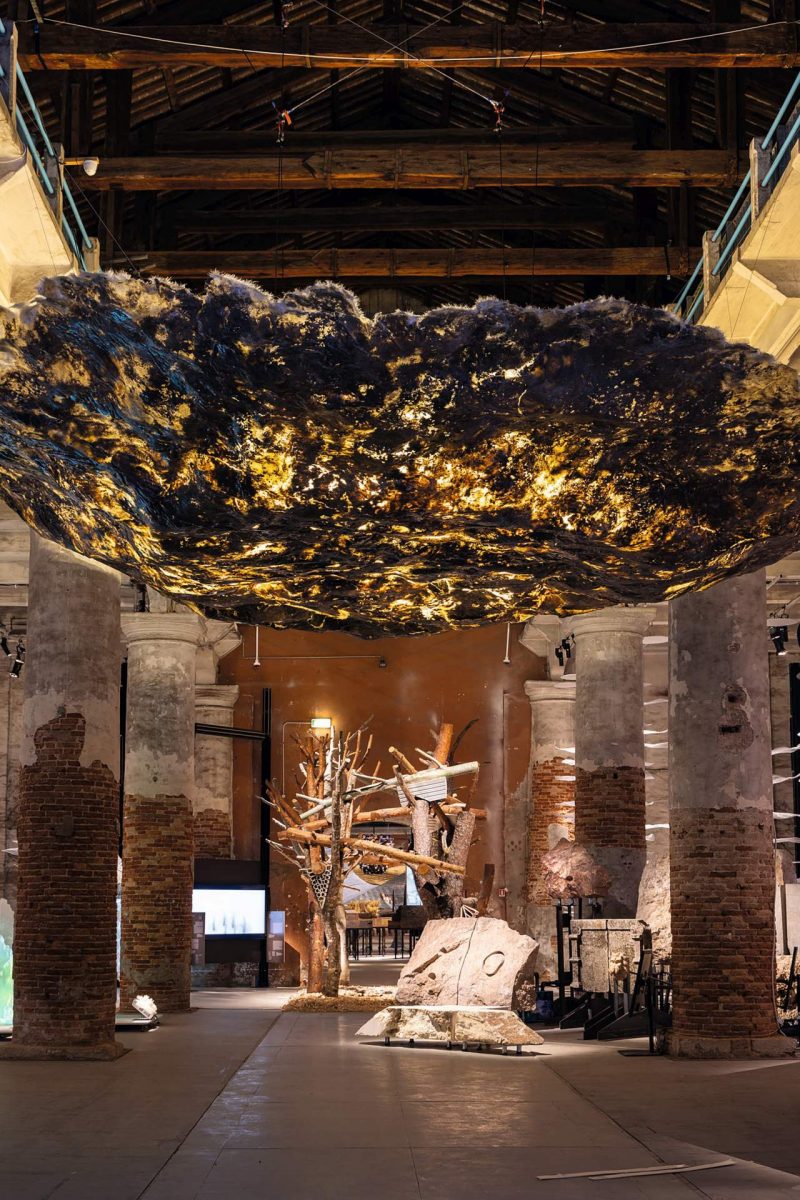
The national pavilions of participating countries explore how technology and innovation can address the challenges of developing cities of the future — including resource shortages, waste recycling, and global warming. For example, Spain’s pavilion, Internalities: Architectures for Territorial Equilibrium, investigates how modern materials and technologies can help reduce the carbon footprint of construction. Meanwhile, Belgium’s pavilion, Building Biospheres, has been transformed into a lush greenhouse housing more than 200 plants from different climate zones. Special sensors monitor real-time temperature, humidity, and light levels, feeding data into systems that regulate ventilation, cooling, lighting, and irrigation. In this way, the plants themselves control the climate — embodying the concept of collective intelligence.
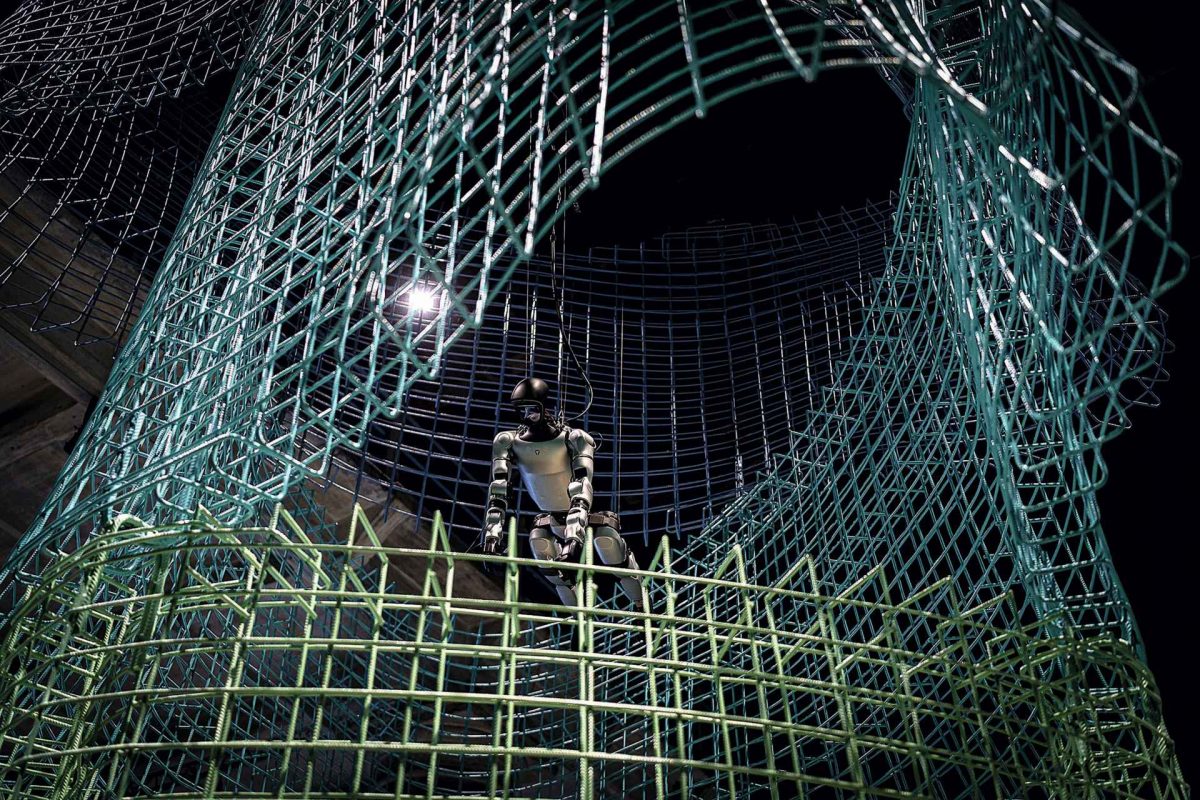
The Golden Lion for Best National Participation was awarded to Bahrain’s pavilion, titled Heatwave. The installation features a suspended ceiling structure that creates a cooling effect within the space — perhaps the simplest and most tangible example of how architecture can serve people by protecting them from extreme heat.
One of the Biennale’s most visually striking exhibits addresses a pressing urban planning issue in Venice itself. The project, Gateway to Venice’s Waterway, is a bridge developed by Porsche in collaboration with the Norman Foster Foundation. The 37-meter-long metal structure is installed on the waterfront next to the Arsenale, linking it to a floating dock used by motorboats, water taxis, and pedal boats. The designers envision it as a seamless integration of modern transportation infrastructure into the city’s historic fabric.
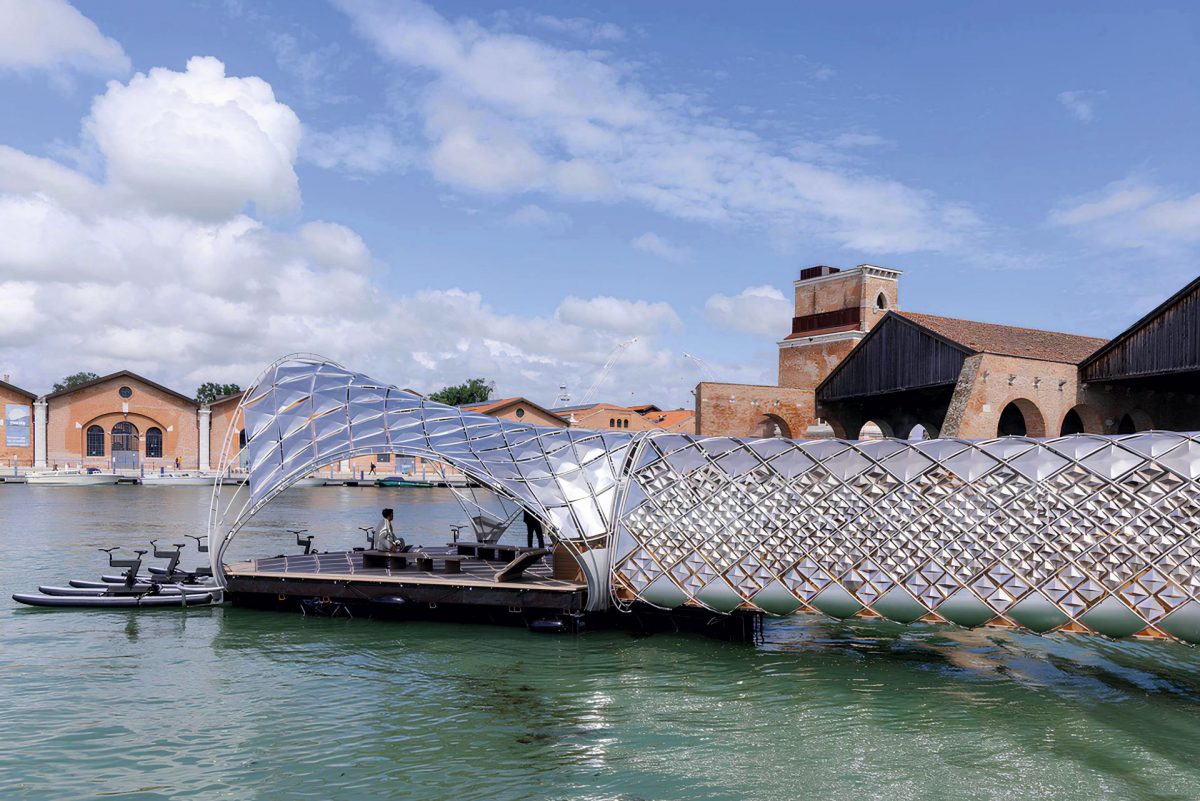
Photo: Marco Zorzanello/La Biennale di Venezia; Andrea Avezzù/La Biennale di Venezia

